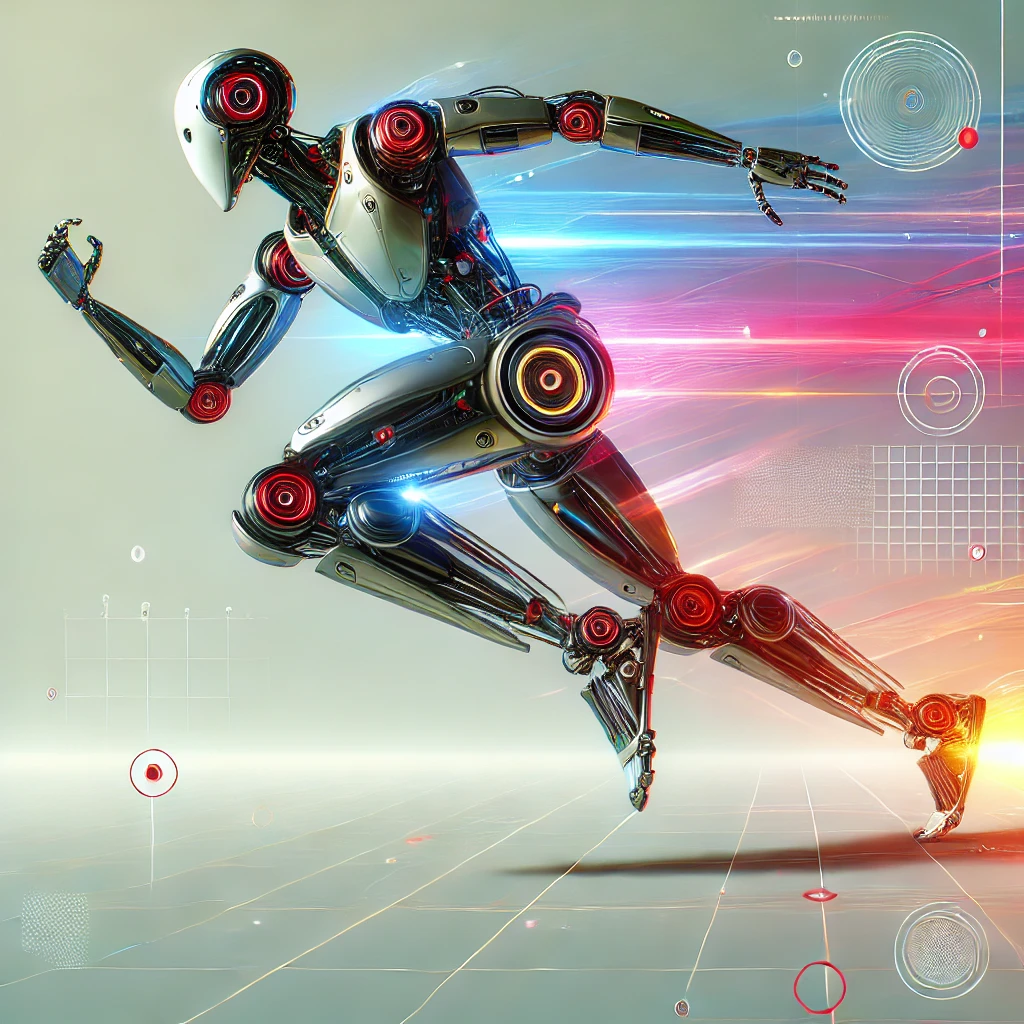
Robots in Action: The Rise of Intelligent Machines
The world of robots is no longer confined to the realms of science fiction. Today, intelligent machines are actively transforming industries, healthcare, and even our daily lives. Let’s dive into the fascinating journey of robots in action, exploring how these technological marvels are revolutionizing the way we live and work.
The Evolution of Robotics
From Mechanical Arms to AI-Powered Helpers
The journey of robotics began with simple mechanical arms used in manufacturing processes. These early robots, though groundbreaking, were limited in their functionality. Fast forward to the 21st century, and we witness robots endowed with artificial intelligence (AI), capable of learning, adapting, and even making decisions. This evolution has been driven by advances in computing power, AI algorithms, and sensor technology.
Industrial Automation: Pioneering the Robot Revolution
Industrial robots were the pioneers of the robotics revolution. In the 1960s, General Motors introduced Unimate, the first industrial robot, to perform repetitive tasks on assembly lines. This marked the beginning of a new era where robots could enhance productivity and precision in manufacturing. Today, factories are populated with robots that handle tasks ranging from welding and painting to quality control and packaging.
Robots in Healthcare
Robotic Surgeons: Precision and Accuracy in the Operating Room
One of the most remarkable applications of robots is in the field of healthcare. Robotic surgeons, such as the da Vinci Surgical System, have revolutionized minimally invasive surgeries. These robots provide surgeons with enhanced precision and control, resulting in smaller incisions, reduced blood loss, and quicker recovery times for patients. The combination of human expertise and robotic precision is transforming the landscape of surgical procedures.
Assistive Robots: Enhancing Patient Care
Beyond the operating room, robots are making significant strides in patient care. Assistive robots, like those developed by companies such as Intuitive Robots and Toyota, are designed to aid elderly and disabled individuals. These robots can assist with daily activities, provide companionship, and monitor health conditions. In rehabilitation, robotic exoskeletons help patients regain mobility and strength, offering a new lease on life for many.
Robots in the Workplace
Collaborative Robots: Working Hand in Hand with Humans
In modern workplaces, collaborative robots, or cobots, are becoming increasingly prevalent. Unlike traditional industrial robots that operate in isolation, cobots are designed to work alongside humans. They can handle repetitive and physically demanding tasks, freeing up human workers to focus on more complex and creative activities. This collaboration enhances productivity and safety, creating a harmonious blend of human and machine capabilities.
AI-Powered Service Robots: Transforming Customer Interactions
Service robots equipped with AI are transforming customer interactions in various industries. In retail, robots like SoftBank’s Pepper greet customers, provide information, and assist with product selection. In hospitality, robots deliver room service and perform concierge duties. These AI-powered robots enhance the customer experience, providing personalized and efficient services.
Robots in Daily Life
Smart Home Robots: Making Everyday Tasks Easier
In our daily lives, robots are becoming indispensable household assistants. Smart home robots, such as vacuum cleaners like Roomba and personal assistants like Amazon Echo, simplify routine tasks. These robots can clean floors, control home appliances, and even order groceries. The integration of AI enables them to learn user preferences and adapt to individual needs, making everyday life more convenient.
Educational Robots: Engaging the Next Generation
Educational robots are playing a pivotal role in shaping the future of learning. Robots like LEGO Mindstorms and Anki Cozmo engage students in interactive learning experiences. They teach coding, problem-solving, and critical thinking skills in a fun and engaging manner. By making learning more interactive and hands-on, these robots inspire the next generation of innovators.
The Future of Robotics
Advancements in AI: The Brain Behind Intelligent Machines
The future of robotics is intrinsically linked to advancements in AI. Machine learning, neural networks, and natural language processing are enabling robots to understand and interact with the world in increasingly sophisticated ways. As AI continues to evolve, we can expect robots to become even more autonomous, capable of handling complex tasks and making decisions in real-time.
Ethical Considerations: Navigating the Impact of Intelligent Machines
With the rise of intelligent machines, ethical considerations become paramount. The deployment of robots in various sectors raises questions about job displacement, privacy, and security. It is crucial to navigate these challenges responsibly, ensuring that the benefits of robotics are equitably distributed and that ethical guidelines are established to govern their use.
Conclusion
The rise of intelligent machines is a testament to human ingenuity and technological progress. From industrial automation to healthcare, from workplaces to our homes, robots are becoming integral to our lives. As we embrace this robotic revolution, it is essential to harness the potential of intelligent machines responsibly, ensuring they augment human capabilities and contribute to a better, more efficient world.
In conclusion, the advent of robots represents a new frontier in technology, offering unprecedented opportunities and challenges. If you spot any inaccuracies in this article, please report them so we can correct them promptly.
By understanding and integrating robots into our lives, we can create a future where humans and machines coexist harmoniously, driving innovation and improving quality of life for all. The robotic revolution is here, and it promises to be an exciting journey ahead.
Disclaimer: This blog is for informational purposes only. The views expressed here are those of the author and do not necessarily reflect the views of any organizations or institutions.